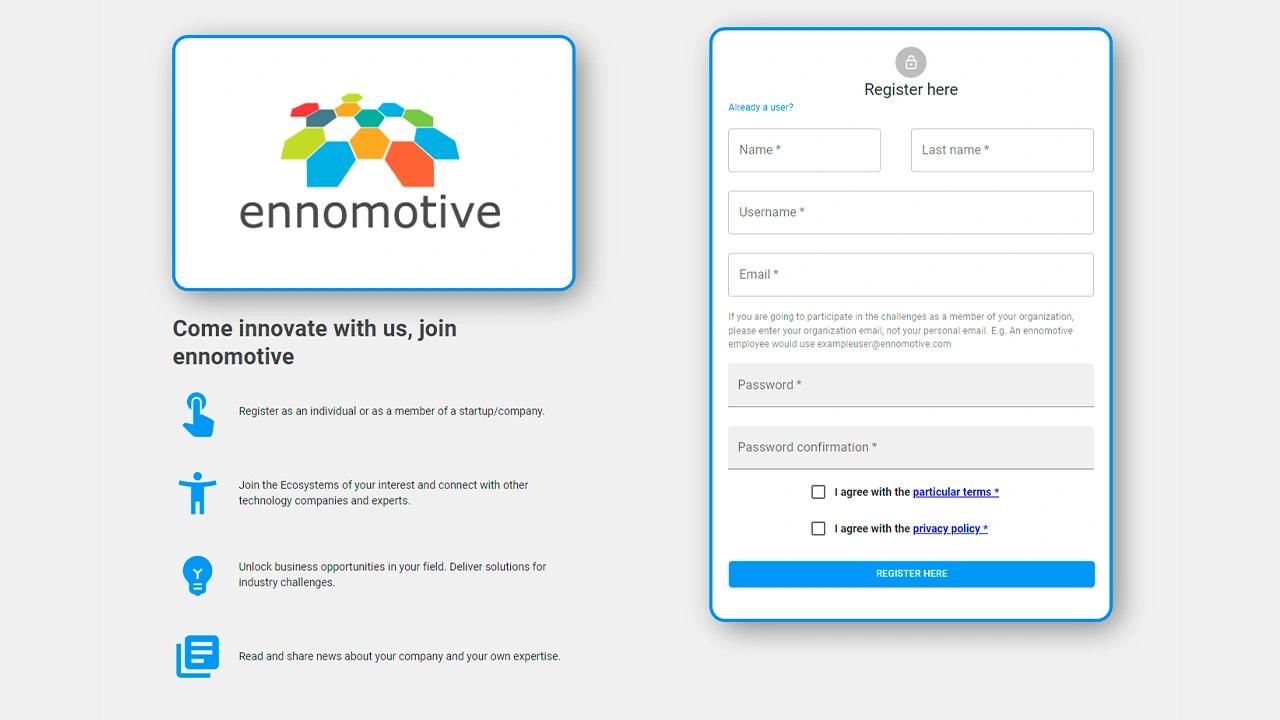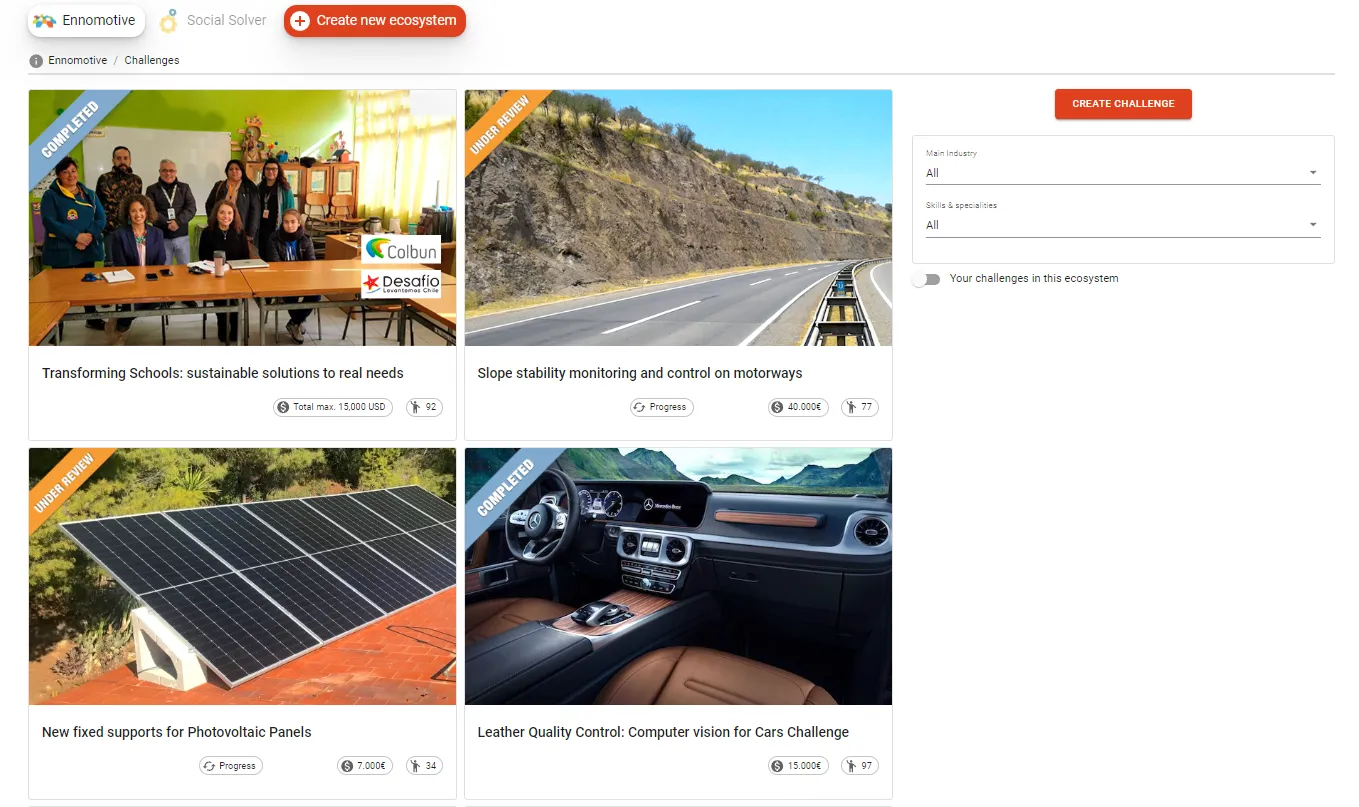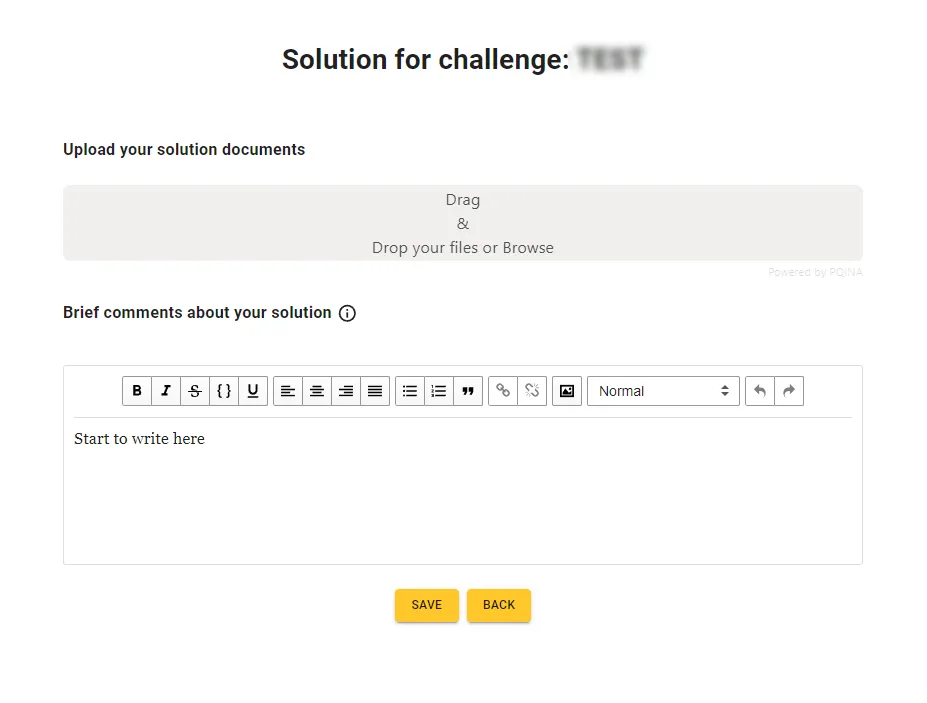Background
Cellnex Telecom, the main independent infrastructure operator for wireless telecommunication in Europe, develops solutions in the field of “smart infrastructures” projects, deploying a solid ecosystem for the Internet of Things (IoT) through a wireless LPWA network, based on SIGFOX technology, specially dedicated to IoT.
The challenge
Cellnex Telecom is currently collaborating with different stakeholders to develop IoT-based services, specifically designed to be implemented in singular locations placed in forest areas. Among the different potential applications, fire detection in the surroundings of locations in rural areas will help to improve early detection and prompt a rapid response.
What the client is looking for
Cellnex Telecom is looking for IoT-based fire early detection solutions, to be prototyped and tested in a real forest environment. The solution will be designed to detect any fire occurring in a perimeter of the location where device is installed.
The pilot test considered in the scope of this challenge will require the building of two prototypes to be installed and tested in forest locations.
Once the winner solution is selected and the challenge successfully over, a second pilot test phase would be launched to monitor a larger scale of devices, with an objective of industrial production and deployment.
The solution must consider the following key requirements:
- Sensor elements to identify early detection of a fire in the surroundings of the location, based on certain variables, or a combination of them: IR, abrupt temperature changes, changes in CO2, smoke, or other gases, relative humidity change, or other variables.Detection technology must be selected by the solver, and properly justified.
- Minimum lifecycle of 10 years, with a completely autonomous operation power system.
- Include transceiver element to connect to SIGFOX network.
- The device will integrate embedded intelligence to generate fire warnings, but minimizing the probability of false alarm.
- Ready to be easily installed to work outdoor, completely protected against dust, rain and sun, during the device operative life.
- The device must properly work on locations where a quite high magnetic field could affect (i.e.: near a transformer or an electricity distribution line)
Those solvers to take the challenge will have access to the detailed list of technical and functional requirements (please see supporting document).
Evaluation Criteria
Submissions will be assessed according to the following criteria:
- Technical solution: considered parameters, feasibility evidences of fire detection effectiveness, compliance with requirements, solution testing plan, adaptability to different climate and environmental conditions.
- Easy plug & play installation.
- Lifecycle solution: longest operational life.
- Lower estimated costs for building the solution.
- Solver experience in designing fire preventive protection solutions & capability to build an operative prototype.
This is a 3-rounds tournament with the following submissions:
First round
- Brief description/sketches of the proposed design.
- Solution rationale: of how your proposal will detect fire, minimizes the occurrences of false alarms, connects to SIGFOX network and maximizes lifecycle.
- Feasibility evidences of defined solution to be compliant with requirements.
- Estimated solution costs.
Second round
- Detailed solution design: 2D drawings, technical features.
- Solution evidence (detailed calculations, false alarms prevention, ready to certificate, lifecycle estimation, connection to SIGFOX network…)
- Prototype modules & materials and building costs.
- Detailed testing plan to run in round 3.
Third round
- Complete operative prototype, ready to be tested on forest located premises.
- Evidences and tests results of prototype lab testing.
Timeline:
- 1st round: 4 weeks + 1 week for evaluation
- 2nd round: 6 weeks + 2 weeks for evaluation
- 3rd round: 6 weeks estimated for building and lab testing + 12 to 16 weeks for evaluation/onsite testing (including 6 to 8 weeks during summer time period)



